Indias military, paramilitary and the police constitute one of the largest security forces around the globe. Who constitutes these forces? What is the ethnic and religious background of these troops? Has their composition of these forces mirror the diversity of Indian Society? Has their composition undergone any change since Independence? Independent India has experienced half a century of ethnic riots, massacres, even programs. What impact, if any, does the ethnic and religious composition of the security personnel have on the ability of the state to prevent the occurrence of ethnic violence or to migrate loss of lives and property once it occurs? Answers to these questions are critical not only for anyone interested I understanding the role of the states most direct instrument of legitimate coercion – the security forces – but for all those concerned with a democratic polity. Extensively discussed and reviewed in academics journals and popular media, this book has appeal for both scholars and concerned citizens. It contains a wealth of data and is indispensable for all those who want to understand contemporary South Asia. This is substantially enlarged, revised and updated edition of a book that has already become a classic.
Khaki and Ethnic Violence in India: Armed Forces, Police and Paramilitary During Communal Riots
In stock
Free & Quick Delivery Worldwide
reviews
Bibliographic information
Title
Khaki and Ethnic Violence in India: Armed Forces, Police and Paramilitary During Communal Riots
Author
Edition
Reprint.
Publisher
Three Essays Collective, 2010
ISBN
8188789712
Length
xi+196p., Tables; Appendix; 22cm.
Subjects

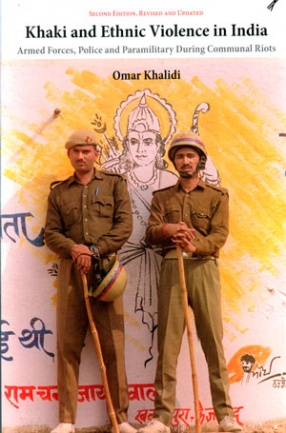
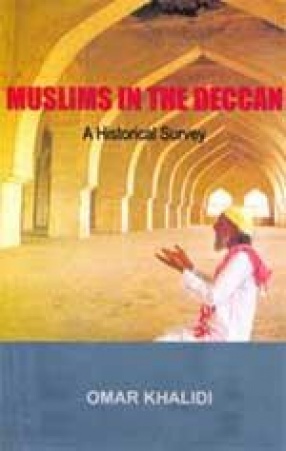
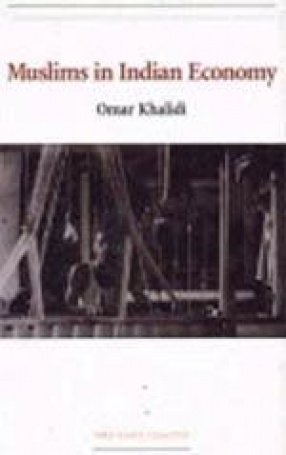
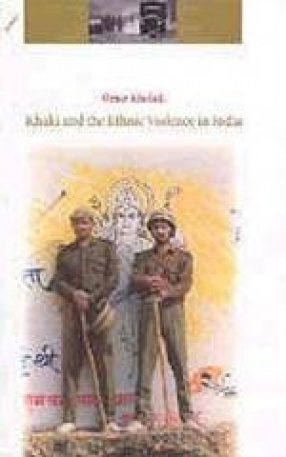
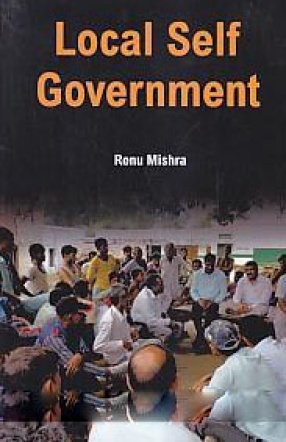
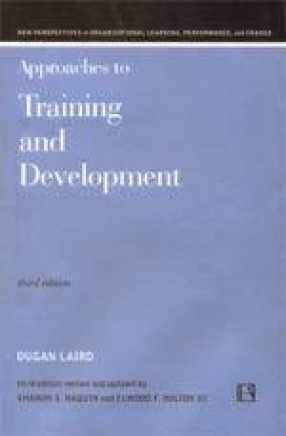
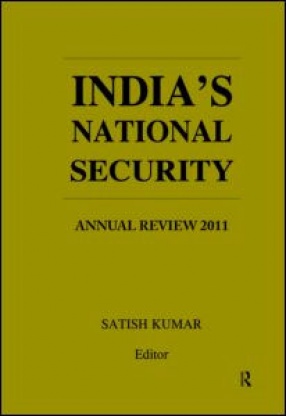
There are no reviews yet.